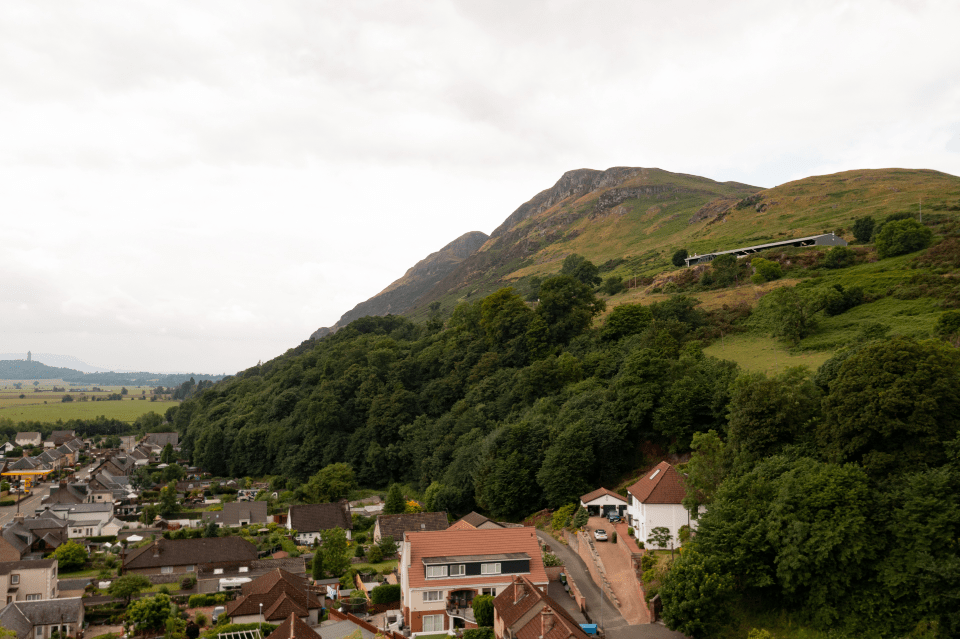Dumyat

Key Facts
- Location – Stirling, Central Scotland
- Hectares – 480 ha total site area Woodland creation area 184 ha
- Anticipated emission reductions – 118,871tCO2e PIUs to project 89,497 – up to 10% reduction from registration to validation
- Any other environmental/social KPIs and links to nature/climate goals
What is the project doing for Nature and Environment?
- Existing currently ecologically degraded ancient woodland, heathland, grassland, and wetlands, but supporting populations of some key species, including Northern brown argus butterflies and Sticky catchfly.
- Projects are aimed at restoring degraded natural habitats. These include hay meadow enhancement work, removal of sheep grazing over heathland, ancient woodland recovery, restoration of ponds. This work is taking place working alongside local organisations, including The Conservation Volunteers (TCV) Scotland, University of Stirling, Butterfly Conservation and individual naturalists. Training workshops in plant identification and habitat surveys also take place on the site, with TCV SCotland and BSBI.
- All areas have been subject to full vegetation, breeding bird and protected mammal species surveys.
- In addition, all areas identified for biodiversity projects have been surveyed using the JNCC Site Condition Monitoring method, the DEFRA Metric v3.1 & 4.0 method and Woodland Herbivore Impact Assessments (ancient woodland). Amphibian surveys (eDNA & bottle traps) and trail cameras have also been used to provide further baseline data.
How are communities engaged and benefiting?
- Highly praised public consultation process including open access to all survey documents through our online storymap and in person drop in sessions. Attendance at local community council meetings along with continued communication about project progress.
- 1x Full time Estate manager hired from Stirling, Local contractors used for all establishment works
- Path and access works, opportunities for conservation volunteering, Mountain bike facilities in planning stages.
What is the business model employed to fund the project?
- Land has been acquired through support from Future Forest Company's investors.
- Revenues will be returned to investors over time as they get generated from operational activities.
- Grants and a tree sponsorship programme have funded the majority of project costs for nature restoration activities.
- Carbon units to be validated through the Woodland Carbon Code for longer term revenue opportunities.
Describe the partnerships formed and how they support project viability?
- The Future Forest Company will be looking to work with a range of corporate sponsors to help cover the delivery and maintenance costs of this project, particularly businesses with a local interest. For example, Johnnie Walker has a storage facility close to the site and has generously agreed to support this project.
- The Future Forest Company has also developed a habitat sponsorship scheme so that companies can support other nature-based activities that are taking place across this site, such as rare species restoration and pond creation projects. The funding from these schemes will also help with the ongoing running costs of the entire site and scheme.
What are the main challenges and risks to the project and how are they managed?
Robust site surveys before planting ensuring trees are planted in suitable locations (184 ha out of 480ha), main constraints included archaeology, peat >30cm, ground nesting birds, other priority habitats, badger setts.
Key Learning and Insights
Use of high resolution drone imagery has been extremely helpful in verifying exact areas planted on the ground. Thermal imaging drones have revolutionised herbivore management on site.
